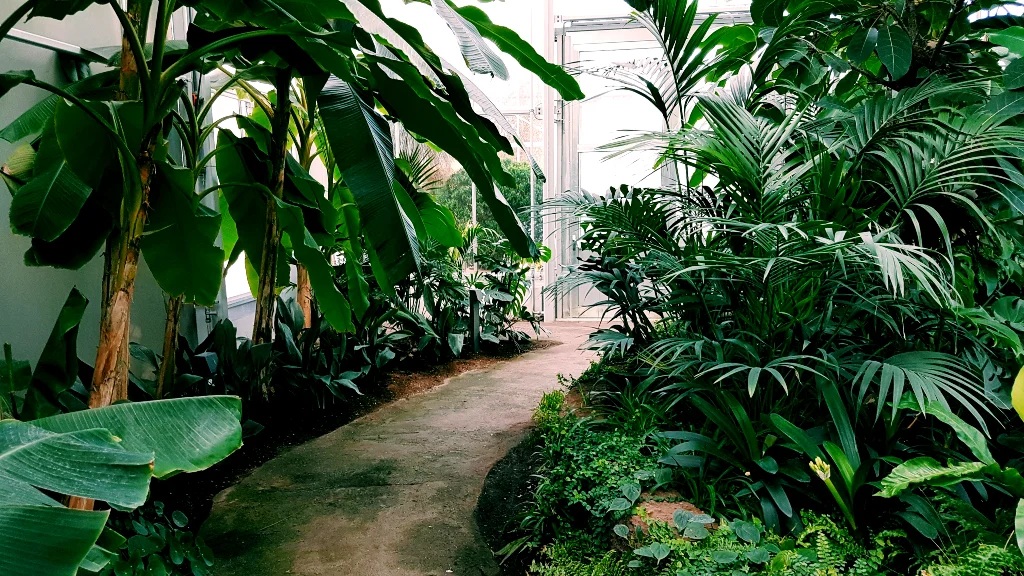Japanese Scientists Capture Plants Communicating with Each Other on Video

A GROUP OF Japanese scientists has successfully filmed plants communicating and warning others about potential dangers in real-time, making a breakthrough in an observation first documented in the early 1980s. What they observed: Published in the journal Nature Communications in October 2023, the research team, led by molecular biologist Masatsugu Toyota from Japan‘s Saitama University, successfully captured undamaged plants sending defense responses to nearby plants after sensing volatile organic compounds (VOCs), which other plants produce in response to mechanical damages or insect attacks.
How the study was conducted: The team, which included Yuri Aratani, a Ph.D. student at the university, and Takuya Uemura, a postdoctoral researcher, attached an air pump to a container filled with leaves and caterpillars and to another chamber containing Arabidopsis thaliana, a common weed from the mustard family. The Arabidopsis was genetically modified to make their cells fluoresce green after detecting calcium ions, which serve as stress messengers. The team then used a fluorescence microscope to monitor the signals the undamaged plants released after receiving VOCs from the damaged leaves.
Why it matters: Plant communication was first observed in a study in 1983, igniting discussions in the scientific community since.
“We have finally unveiled the intricate story of when, where, and how plants respond to airborne ‘warning messages’ from their threatened neighbors,” Toyota said of their recent study. “This ethereal communication network, hidden from our view, plays a pivotal role in promptly safeguarding neighboring plants from imminent threats.”
You start dying when you stop dreaming.
